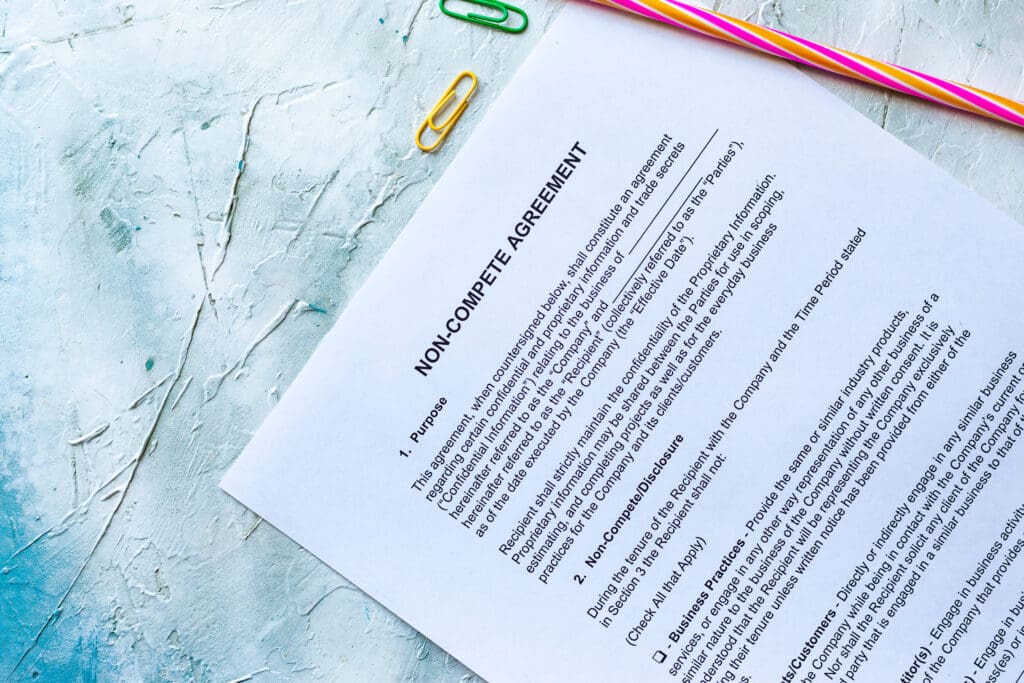In the #MeToo era, employers are taking a proactive approach to harassment policies and training.
By Jonathan D. Ash, Esq.
By now, employers should be aware that a comprehensive anti-harassment policy and annual anti-harassment training are critical components in preventing and defending against claims of harassment. A new year means a new opportunity to review existing employee handbooks and to map out a plan to provide harassment training for employees and supervisors.
In the #MeToo era, employees are hyperaware of anything that can potentially give rise to a claim. As a result, organizations should insist that their employees are educated about what constitutes actionable harassment, and what the company’s policies are in the event that harassment occurs.
The message this sends out is the same: The organization is doing everything necessary to provide a safe and harassment-free workplace.
Before the heightened awareness that came with the #MeToo movement, some courts were already recognizing the prophylactic power of anti-harassment policies and trainings. In a pair of cases decided in 1998 -Faragher v. City of Boca Raton and Burlington Industries v. Ellerth -the U.S. Supreme Court established what is now referred to as the “Faragher-Ellerth Defense.” Under this affirmative defense, where available, an employer can defeat a claim of hostile work environment by showing that it exercised reasonable care to prevent harassing behavior and to promptly correct it when it occurs.
Some examples of reasonable care include maintaining comprehensive anti-harassment policies and regular sexual harassment prevention training. The Faragher-Ellerth Defense can also apply when an employee fails to take advantage of these preventative or corrective measures with no reasonable explanation.
Conversely, courts have also held that an employer’s failure to maintain such a policy is a critical factor in determining whether it was negligent or reckless in a hostile work environment case.
While not all jurisdictions recognize the Faragher-Ellerth Defense as an affirmative defense, the combined lesson of these cases could not be more clear: An employer that does the bare minimum, or nothing at all, is asking for trouble.
The first step is to review the existing policy to determine whether it is comprehensive enough by subjecting it to the following checklist of questions.
Does it:
- Explain what constitutes harassment and/or discrimination?
- Address the issue of consensual relationships in the workplace?
- Identify the individuals to whom an employee can report a complaint of harassment?
- Provide alternatives in the event that one of those individuals is the alleged harasser?
- Outline the procedure for how such a complaint will be handled?
- Make clear that retaliation of any kind is strictly prohibited?
It is one thing to have a policy, but it is something entirely different to have an effective policy. To that end, some states, including California and New York, have specific statutory requirements that a harassment policy must meet.
Many organizations will be tempted to stop there, but an increasing number of companies are discovering that a policy alone is not enough. Policies that are contained in an employee handbook or maintained on internal electronic systems are often forgotten and rarely looked at. Employers are addressing this issue by providing annual training.
Training -particularly live training as opposed to a video -gives the opportunity to highlight and emphasize the policy to employees and explain it to them in concrete, understandable terms. It also sends a message to the workforce that harassment is an issue that the employer takes seriously. Note that some states, including California, New York, Connecticut, and Maine, have made harassment training mandatory.
Another best practice is to conduct separate trainings for employees and supervisors. The reason is simple: The company’s expectations of these groups are significantly different. Supervisors can create liability for the employer if they harass another employee or become aware of harassment and fail to take prompt remedial measures. That makes it critical that supervisors understand their role and expectations.
The training for employees, in addition to explaining the policy, can also provide a productive forum for questions to be answered. As comprehensive as the policy may be, it can still be difficult to cover every scenario that may arise. With the recent barrage of harassment allegations in the media, some employees may have legitimate questions about what is acceptable in the workplace. One topic that always seems to come up is how the rules should apply when there is a work function or informal social gathering outside of the workplace. Another recurring question in the #MeToo era is whether it is possible to have a consensual romantic relationship in the workplace when there is an imbalance of power.
Training can also be an effective tool when there has been a complaint of harassment and a subsequent investigation. If no harassment has been found, it may still be a good opportunity to revisit the topic of harassment with employees so they understand it will not be tolerated. If the harassment has been substantiated, the training could provide evidence of the employer’s effective remedial measures, in addition to whatever discipline or corrective action was taken with the alleged harasser. The employer may also require the alleged harasser to engage in one-on-one harassment training that is then documented in their file.
In today’s environment, employers cannot sit idly by while the world around them is rapidly changing. Proactive approaches are essential to prevent all forms of workplace harassment -and to protect the company from being hauled into court to defend against such claims.
Jonathan D. Ash, Esq. is partner at Fox Rothschild LLP.














